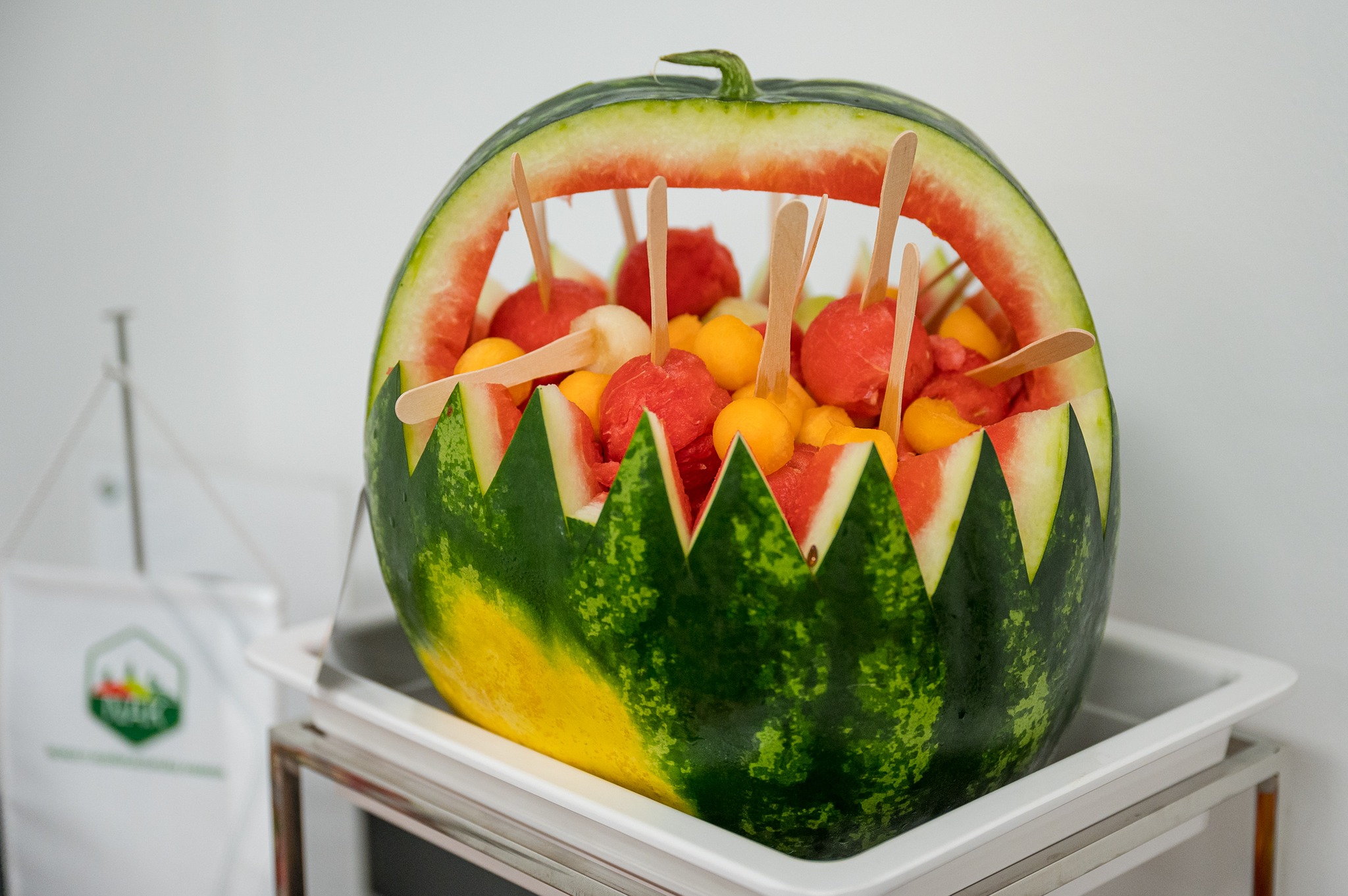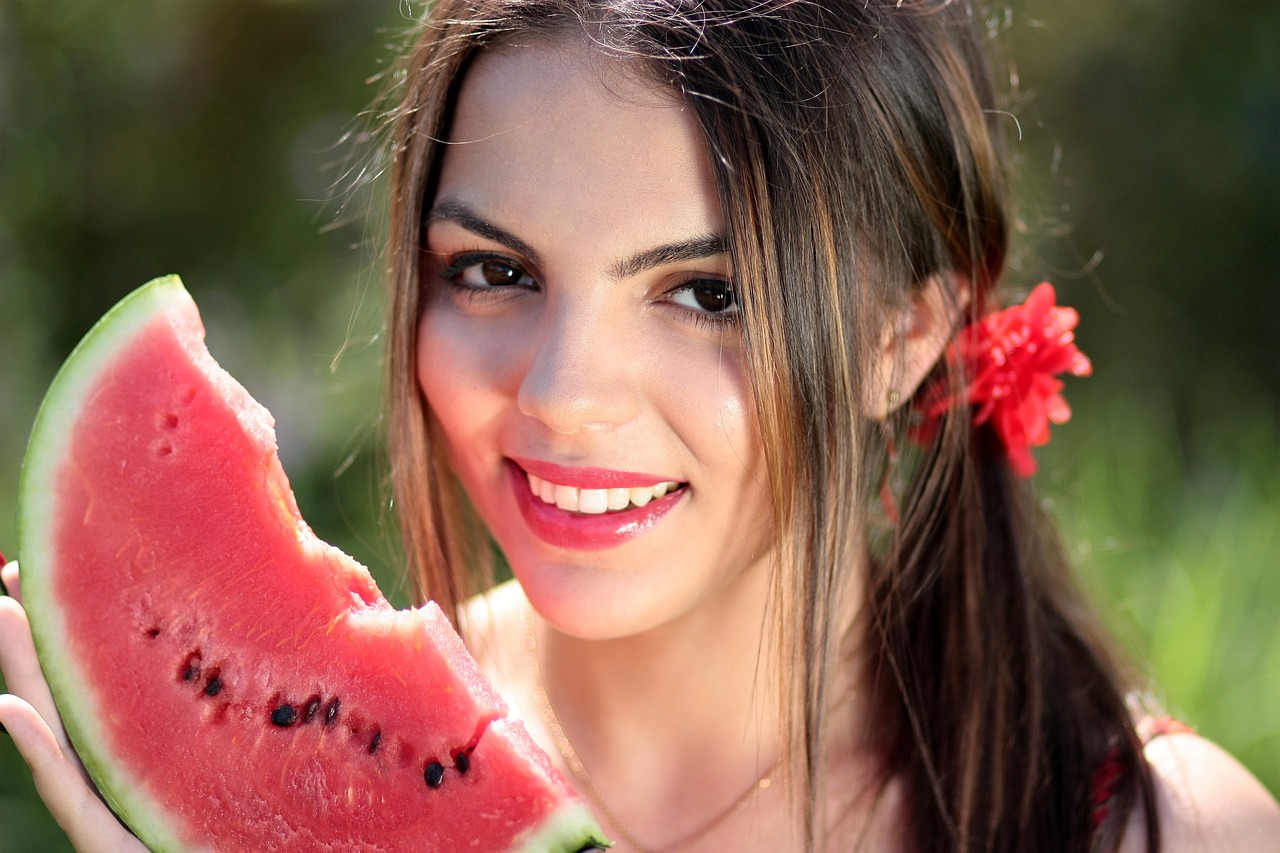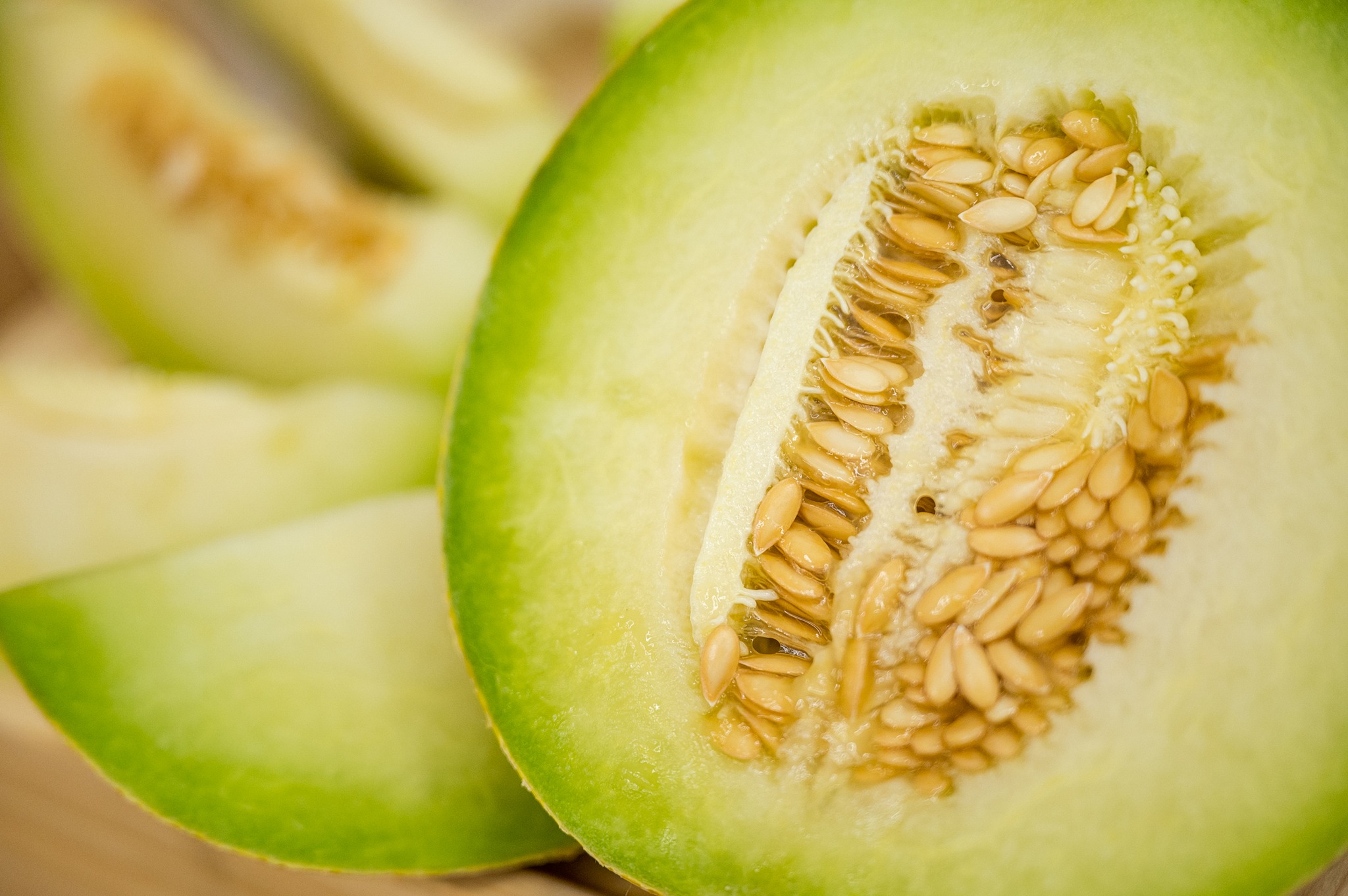The new capacity expansion investment by AgroSprint Zrt. will also reduce the country's exposure to foreign markets.Continue reading
Hungarian melons will be sold from this weekend, with producers expecting good quality for the season, and all conditions are given for a tasty harvest, the Hungarian Chamber of Agriculture (HCA) told MTI.
Starting this weekend, small quantities of Hungarian melons will be available in shops and markets, and from the beginning of July, the range will be further expanded. Producers are expecting good quality, as significant improvements have been made in the variety selection and production technology, according to the HCA.

Photo: Facebook/Nemzeti Agrárgazdasági Kamara – NAK
From this week onwards, melons will first be available in the southern part of the country, in the regions of Békés, Tolna, and Baranya (the southernmost counties), then in the Heves region (in the northeast), and later from the end of July in Szabolcs-Szatmár-Bereg (even further east) – and if the weather is favorable, they will be available until mid to late September.

Photo: Pixabay.com
Melon production has changed significantly in recent years. Whereas previously the production was based on conservative technology, nowadays melons are produced on about half the area but in similar quantities compared to previous decades. In addition, the area under melon production has started to increase this year, with 2,900 hectares of melons being grown in the country compared to 2,600 hectares last year. Experts expect a production of around
140-160,000 tons this year, of which around 15,000 tons are honeydew melons and the rest, watermelons.

Photo: Facebook/Nemzeti Agrárgazdasági Kamara – NAK
The quantity may vary somewhat depending on the weather, but all the conditions are right for a quality and tasty harvest this year.
Hungarian melon-growers have increasingly lost export markets in recent years to Spain, Italy, and Greece. This has also encouraged domestic producers to change technology and varieties. To modernize production, the chamber and seed distributors have also organized study tours to competitor countries. As a result, the decline of the domestic production area has slowed down and the outdated constant varieties have been replaced by
grafted and hybrid melons, which now account for 95% of the total melon production area.
This means that the use of Hungarian varieties has become competitive at the international level and that production under the foil has been introduced, which allows an earlier start to the season. Watermelons account for 2-3% of Hungary’s watermelon production, while over 20% of honeydew melon production is now under-foil. Overall, production has become much more efficient and more disease-resistant varieties have taken the place of old ones. Yield averages and security have increased, while the usual delicate flavor has been maintained and quality has improved.

Photo: Pixabay.com
Hungary’s climate is particularly favorable for melon growing, despite the fact that we are located on the northern border of production. Due to the fluctuations in day and night temperatures, the acid-sugar content of the fruit is balanced, and the flavor and aromas that have developed make the melons grown in the country much more aromatic and flavorful.
Via MTI; Featured image: Facebook/Nemzeti Agrárgazdasági Kamara – NAK